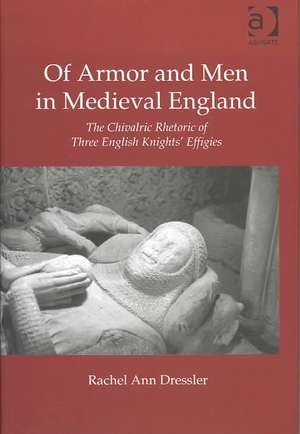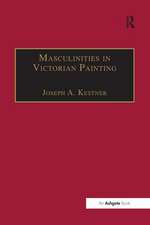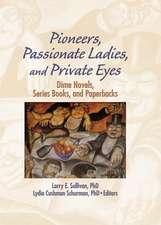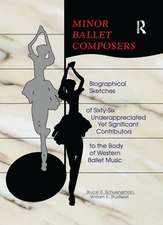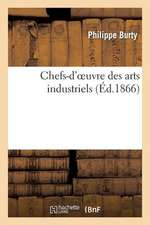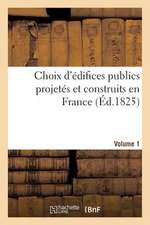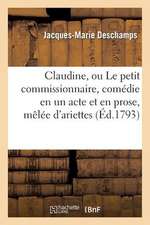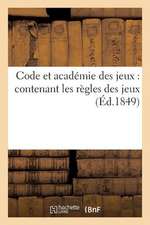Of Armor and Men in Medieval England: The Chivalric Rhetoric of Three English Knights' Effigies
Autor RachelAnn Dressleren Limba Engleză Hardback – 17 feb 2004
| Toate formatele și edițiile | Preț | Express |
|---|---|---|
| Paperback (1) | 297.72 lei 6-8 săpt. | |
| Taylor & Francis – 16 mai 2017 | 297.72 lei 6-8 săpt. | |
| Hardback (1) | 765.59 lei 6-8 săpt. | |
| Taylor & Francis – 17 feb 2004 | 765.59 lei 6-8 săpt. |
Preț: 765.59 lei
Preț vechi: 1103.60 lei
-31% Nou
Puncte Express: 1148
Preț estimativ în valută:
146.54€ • 159.23$ • 123.17£
146.54€ • 159.23$ • 123.17£
Carte tipărită la comandă
Livrare economică 21 aprilie-05 mai
Preluare comenzi: 021 569.72.76
Specificații
ISBN-13: 9780754633686
ISBN-10: 0754633683
Pagini: 202
Dimensiuni: 156 x 234 x 20 mm
Greutate: 0.53 kg
Ediția:1
Editura: Taylor & Francis
Colecția Routledge
Locul publicării:Oxford, United Kingdom
ISBN-10: 0754633683
Pagini: 202
Dimensiuni: 156 x 234 x 20 mm
Greutate: 0.53 kg
Ediția:1
Editura: Taylor & Francis
Colecția Routledge
Locul publicării:Oxford, United Kingdom
Cuprins
Contents: Introduction; Overview of the English military effigy; The men behind the stones; The knight's resurrected body; The knight's social body; The knight's gendered body; Conclusion; Appendices; Bibliography; Index.
Recenzii
'Dressler deserves credit for addressing previously understudied issues concerning how effigial monuments were designed to influence the fate of the deceased in Purgatory and Heaven...' Church Monuments ... contains a great deal of historical research, it is lively and widely read... Art History
Descriere
Despite the profusion of knightly effigies created between c. 1240 and c. 1330 for tombs throughout the British Isles, these commemorative figures are relatively unknown to art historians and medievalists. Until now, their rich visual impact and significance has been relatively unexplored by scholars. In this study, Rachel Dressler examines this category of sculpture, illustrating how English military figures employ a visual language of pose, costume, and attributes to construct a masculine ideal that privileges fighting prowess, elite status, and sexual virility. Ultimately, Dressler's analysis of English knight effigies demonstrates that the masculine warrior during the late Middle Ages was frequently a constructed ideal rather than a lived experience.
